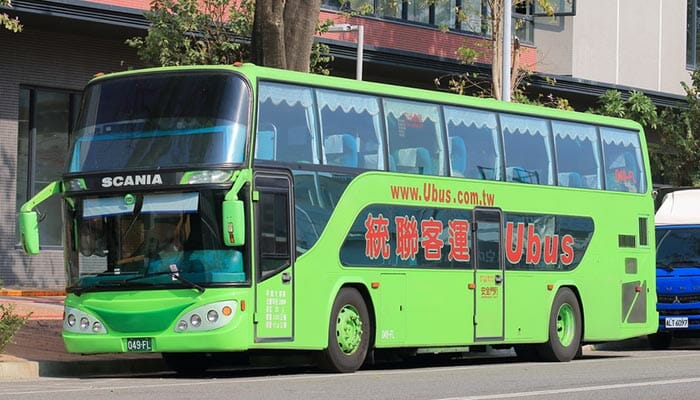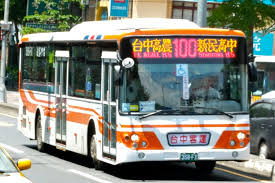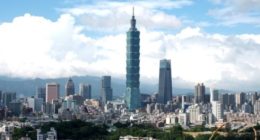People generally believe that public transportation is more environmentally friendly if compared to personal use of automobiles or scooters.
Governments are also claiming that public transportation can not only reduce their carbon footprint, but also enhance the air quality of cities.
However, there are several conflicting opinions about public transportation.
Some people believe that some forms of public transportation cause more severe pollution and greenhouse gas emissions into the environment.
Buses are major sources of environmental pollution compared to other forms of public transport.
Take Taichung, a city in central Taiwan for example. The city promotes public transportation on buses, and people can ride city buses free within 10 kilometers.
Nevertheless, according to research by the Ministry of Transportation and Communication in 2016, more than 80% of local citizens still opt to use their own cars and scooters to commute, rather than take buses.
This condition is not optimistic since the city government has allocated many buses throughout the city, but less than 20% of citizens want to use them.
This situation will cause more emissions since car and scooter users will emit large quantities of greenhouse gases, which will only add to the emissions of buses moving around without many passengers.
Buses are the form of public transportation that people really do need to use to average out emissions per person, in order to achieve the goal of reducing the overall greenhouse gas release figures.
But without public usage, buses are just another method of transport adding to the problem.

Taiwan’s MRT systems are another potential cause behind localised contributions to global warming.
Many supporters of the MRT argue that the metro uses electricity to move, so it is better than most automobiles.
Nonetheless, we must not forget many points that are worth discussing regarding MRT ‘stations‘ which are crucial in the overall MRT system but are certainly not eco-friendly.
MRT stations have to use huge amounts of electricity for the trains, air-conditioners in all parts of every station, lighting, escalators, and so on.
So while useful as a way to travel from point A to B, and the fact that the MRT is beneficial in many ways, the appendages cause more damage to the environment.
The process of building the MRT stations and routes also causes traffic jams, air and noise pollution, and even more emissions of greenhouse gases.
On the contrary, cars and scooters todays are not as harmful as people think with moves towards an increasing eco-friendly world.
There are more and more cars that are hybrid electric vehicles running on a combination of gasoline and electric power.
In this way, cars release lower levels of greenhouse gas than typical fuel cars that rely on gasoline alone.
And Tesla is one example of environmentally friendly cars that only use electricity to move.
For scooters, Taiwan’s government has also encouraged the use of electric scooters such as Gogoro, and in the past even offered local government allowances for the exchange of old scooters in exchange for electric versions.
And, to compound the issues, as the COVID-19 pandemic spread worldwide, people have been less willing to take public transportation, and are relying more on their own cars.
As negative as all this is – the single underlying fact remains that only people can change the damage being done to the planet. Only people can make a change.
But how?













Comments are closed.